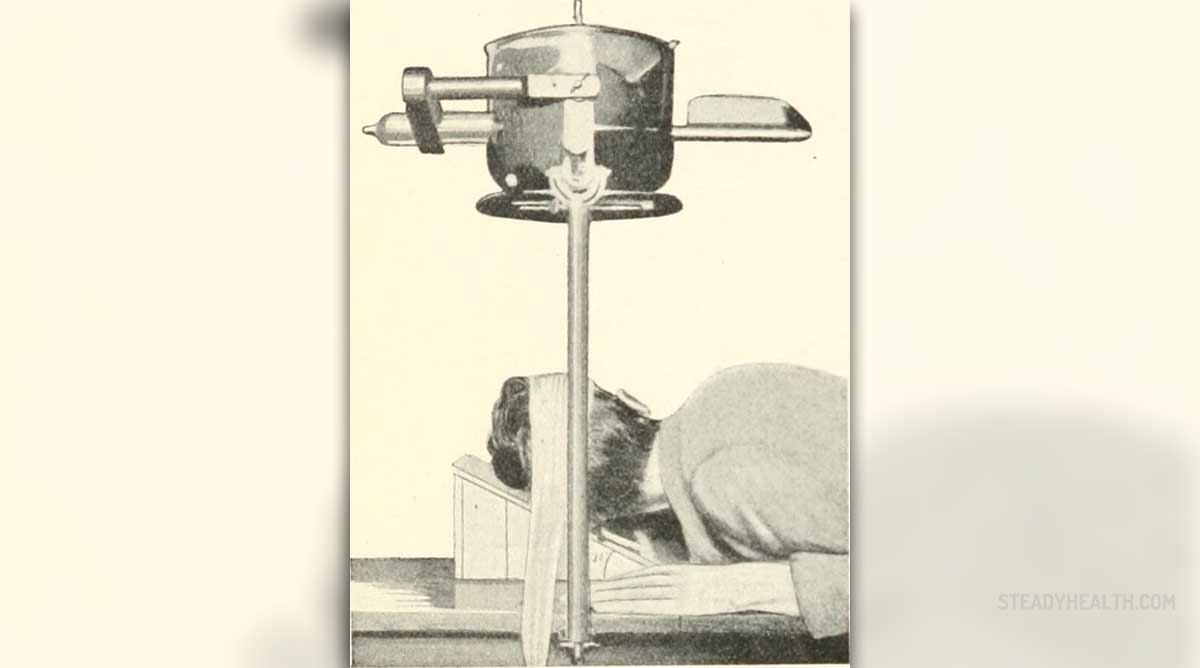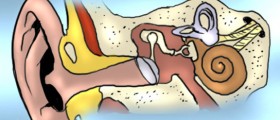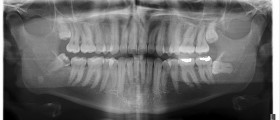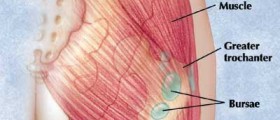
The temporal bone is one of the bones which form the skull. Its posterior section is called mastoid bone. This part of the temporal bone resembles a honeycomb. Inflammation of the mastoid bone is known as mastoiditis. Mastoiditis occurs due to spread of infection from the middle ear. Mastoiditis is frequent in children but it may also affect adults.
Middle ear infections especially recurrent middle ear infections may cause chronic mastoiditis. Inflammatory process eventually leads to degeneration of the honeycomb structure of the mastoid bone and if infection is not treated on time and properly mastoiditis may eventually lead to even more serious complications such as meningitis, brain abscesses and labyrinthitis.
Causes of Mastoiditis in Adults
The leading infective agents responsible for middle ear inactions include Haemophilus influenzae and Streptococcus pneumoniae. They are, therefore, also responsible for mastoiditis. Apart from previously mentioned bacteria there are several more which may lead to mastoiditis. They include Pseudomonas aeruginosa, Staphylococcus aureus, Fusobacterium, Escherichia coli, Klebsiella, Prevotella, Proteus, Porhyromonas, and Bacteroides.
Symptoms of Mastoiditis in Adults
Swelling of the tympanic membrane of the ear is typical for mastoiditis. One may also suffer from low grade fever. Inflammation of the mastoid bone is additionally accompanied by headaches. There is also chance of drainage of thick and purulent fluid from the affected ear. Physical examination of the area behind the ear gives perfect insight in the redness of the skin. One part of the mastoid bone is located right behind the ear. This area is red and may be also painful.
Treatment from Mastoiditis in Adults
The diagnosis of mastoiditis can be set after thorough physical examination. The infection and inflammation of the mastoid bone can be successfully confirmed by CT scan or MRI.
The doctors generally face the problem when it comes to treating mastoiditis. This can be easily explained by the fact that the mastoid bone lies quite deep inside the ear. There is a variety of antibiotic that may be prescribed to the patient including Ticarcillin, Nafcillin, Clindamycin, Clavulanate, Ciprofloxacin, Gentamicin etc.
In case that infection cannot be eradicated by antibiotics another solutions is surgery. There are several surgical approaches including mastoidectomy, myringotomy and tympanocentesis. The goal of the surgery is to remove the infected part of the mastoid bone and provide with proper draining. Radical mastoidectomy is performed only in patients suffering from chronic infection in case that hearing loss has occurred. Surgery is effective since it prevents further spread of the infection onto the brain and meninges and secondary complications.

















Your thoughts on this
Loading...